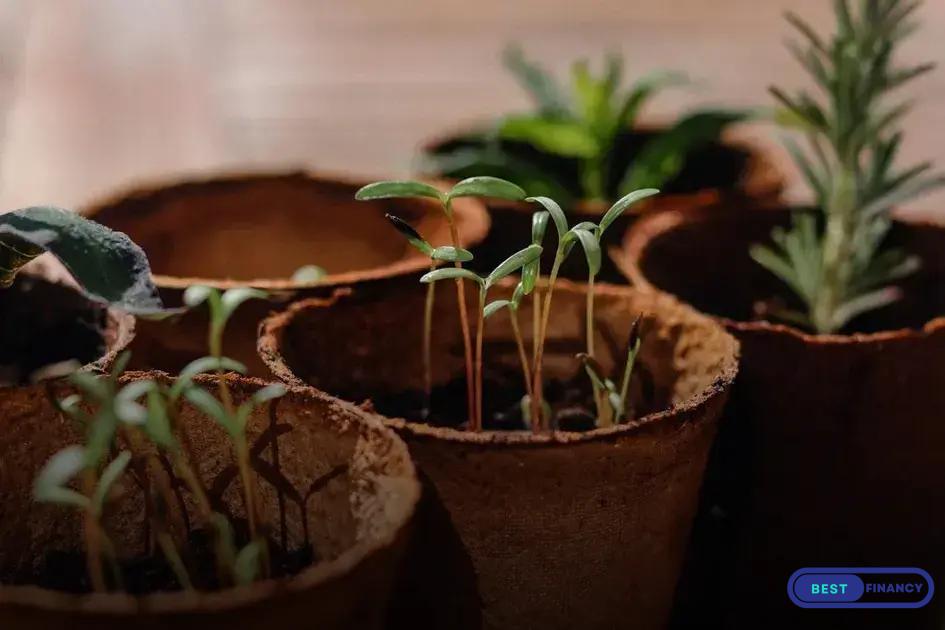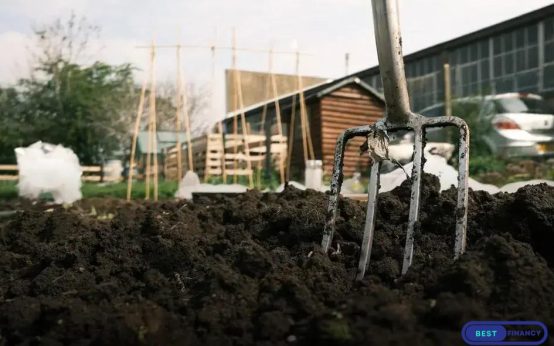Discovering plant diseases early is key to maintaining a healthy garden. How to Spot and Treat Common Plant Diseases will guide you through identifying symptoms and implementing solutions. Whether you’re dealing with rot, pests, or fungal infections, our tips ensure your plants thrive. Stay proactive with preventive strategies and learn when to consult experts for your garden’s wellbeing.
Identifying Early Signs of Plant Diseases
- Yellowing Leaves: One of the first signs of plant diseases is the yellowing of leaves, often indicating nutrient deficiencies or viral infections.
Check the Soil:
Examine the soil’s moisture levels and ensure your plants are receiving the right nutrients.
- Wilting Symptoms: Plants that wilt may be signaling root rot or other fungal infections.
Inspect the Roots:
Carefully check for a soft or discolored root system which may indicate disease.
- Spots and Lesions: Look for unusual spots or lesions on leaves, which can be an early warning of bacterial or fungal infections.
Leaf Examination:
Closely examine both sides of the leaves for any abnormalities or dust-like textures.
- Stunted Growth: Plants showing poor growth could be affected by diseases that inhibit nutrient uptake.
Assess Growth Patterns:
Compare with healthy plants of the same species and consider nutrient deficiencies or infestation.
- Discoloration of Stems: Pay attention to dark or discolored areas on stems, which may indicate disease presence.
Stem Health Check:
Regularly monitor stems for color changes and softness.
Common Types of Plant Diseases

Understanding the common types of plant diseases is crucial for maintaining a healthy garden. Diseases can challenge even the most experienced gardeners, affecting leaves, stems, roots, and flowers. Among the most prevalent are fungal diseases, which thrive in moist environments.
Powdery Mildew
appears as white spots on leaves, often spreading rapidly.
Downy Mildew
, another common fungal disease, inflicts yellow or white patches on the upper surfaces of leaves, leading to wilting.
Bacterial diseases, like Bacterial Wilt, cause wilting and eventual plant death by blocking water flow in the plant’s vascular system. Another bacterial problem,
Bacterial Leaf Spot
, results in dark spots on foliage.
Viruses are another category of plant pathogens. They are often transmitted by insects and can cause a range of symptoms, including mosaic patterns on leaves and stunted growth.
Tomato Mosaic Virus
is notorious for affecting tomato plants, leaving colorful patterns that quickly identify an infected specimen.
Nematodes, microscopic worms, can also become problematic by attacking plant roots.
Root Knot Nematodes
induce the formation of gall-like swellings, reducing the plant’s growth and vigor. Proper soil management and rotation can help mitigate their impact.
Effective Treatment Options for Plant Diseases
When it comes to treating plant diseases effectively, understanding the specific need of your plants is crucial. Different diseases might require distinct approaches, so knowing what you’re dealing with is the first step to recovery.
One of the most effective methods is using organic fungicides and bactericides, especially for fungal infections. They help control the spread without harming the environment. Also, applying a suitable biological treatment such as beneficial bacteria or fungi can naturally suppress harmful pathogens.
In cases of more severe or widespread infections, you might need to resort to chemical treatments. It’s important to follow the manufacturer’s instructions carefully to avoid overdosing, which can damage the plant or harm the soil.
Pruning infected areas is another efficient practice. Remove and dispose of infected leaves, stems, or fruits to prevent the disease from spreading to healthy parts of the plant.
Improving the plant’s environment can significantly reduce disease stress. Ensure proper drainage, air circulation, and sunlight exposure to help plants build resistance against infections.
Moreover, regular monitoring and maintenance of your plants can make treatment more effective. Each step taken towards better treatment methods not only heals the plants but also promotes healthier growth over time.
Preventive Measures to Keep Plants Healthy

Implementing preventive measures is crucial to ensure your plants remain healthy and resilient against diseases. Start by regularly checking soil drainage to prevent waterlogging, which can lead to root rot and fungal infections. It’s essential to maintain a consistent watering schedule; overwatering can be just as harmful as underwatering.
Ensure your plants receive the right amount of sunlight. Placing them in inappropriate light conditions can weaken their immunity. Rotate the plants periodically to ensure all sides receive equal sunlight.
Another effective measure is to keep your gardening tools clean. Use a solution of water and bleach to disinfect your tools after each use. This practice helps to reduce the possibility of spreading diseases from one plant to another.
Regularly prune your plants to remove any dead or diseased parts. This not only helps to prevent the spread of disease but also encourages healthy growth. When pruning, make sure to use sharp and sterilized tools to avoid causing any damage.
Consider using natural deterrents such as neem oil or garlic spray. These measures can keep pests at bay and minimize the risk of plant diseases developing. Additionally, encourage beneficial insects in your garden as they can naturally control pest populations.
Apply mulch to your garden beds to retain soil moisture, suppress weeds, and regulate soil temperature. Mulch also provides organic matter as it decomposes, which enhances soil quality.
Periodically, you should test the pH level of your soil. Unbalanced pH can limit a plant’s ability to absorb nutrients, making them more susceptible to diseases. Amend the soil with lime or sulfur as needed to maintain the optimal pH level for your plant species.
When to Seek Professional Help
Sometimes, despite our best efforts to manage plant diseases, the situation might escalate beyond our control. In these cases, seeking professional help can be crucial. Professional horticulturists or plant pathologists have access to advanced diagnostic tools that can accurately identify the disease affecting your plants.
Not only can they confirm what might be difficult to diagnose yourself, but they can also provide customized treatment plans that are more effective than over-the-counter solutions. Professionals are often aware of the latest research and treatment techniques that might not be readily available to the general public.
If you notice that your efforts aren’t yielding results or the disease is spreading rapidly, it’s wise to consult an expert. Additionally, if a plant is valuable or rare, professional advice is integral to ensuring its survival. Finally, professionals can also train you to recognize the signs earlier and suggest preventive strategies tailored to your specific plants and environment.


 Hosting a Garden Party: Nature-Inspired Decor Ideas
Hosting a Garden Party: Nature-Inspired Decor Ideas  Outdoor Lighting Ideas: Highlight Your Garden at Night
Outdoor Lighting Ideas: Highlight Your Garden at Night  Incorporating Water Features into Your Garden: A Splash of Tranquility
Incorporating Water Features into Your Garden: A Splash of Tranquility